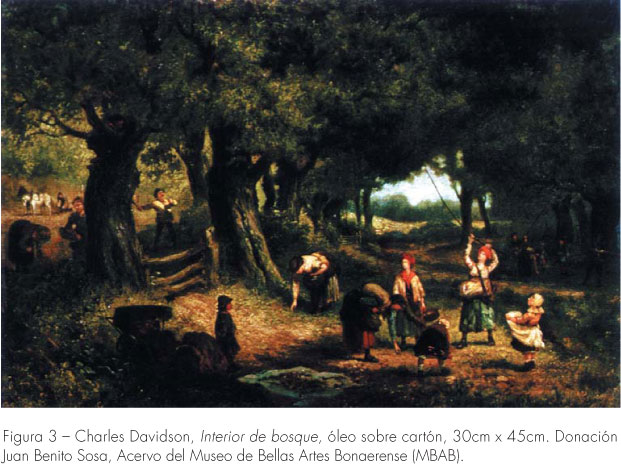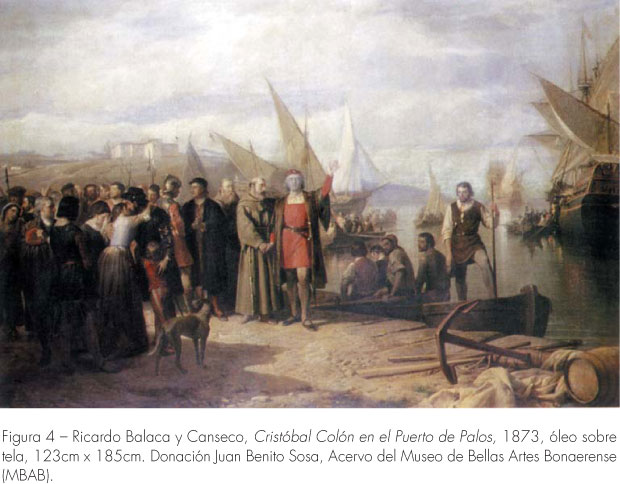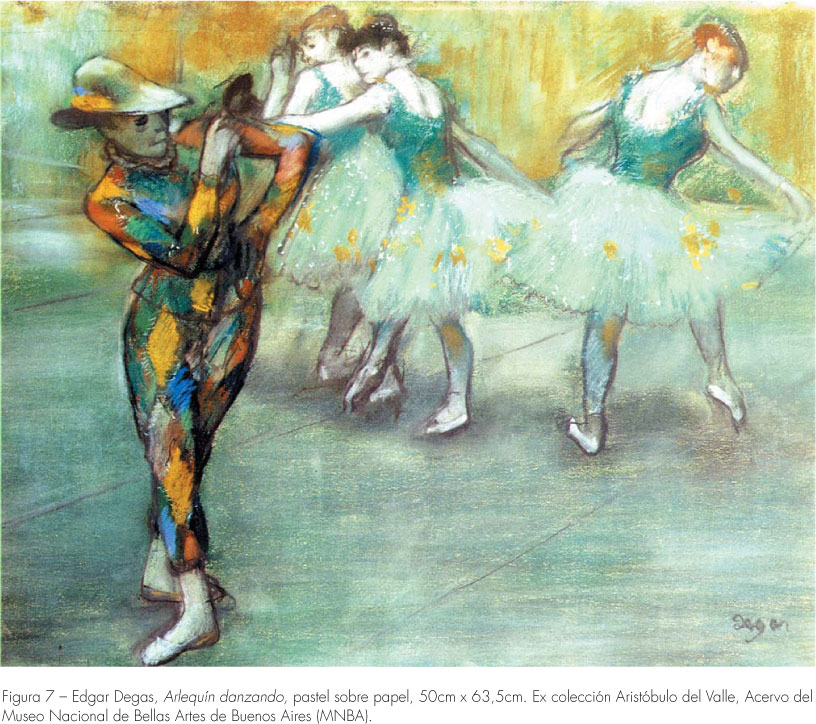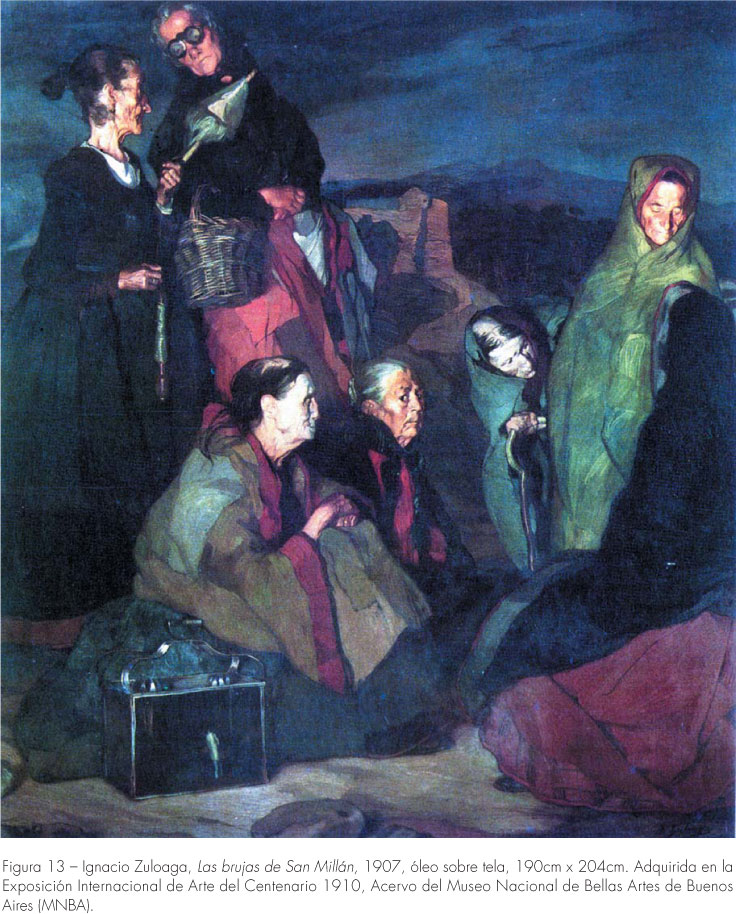In nineteenth-century Argentina, the formation of important private art collections was prior to the foundation of museums. Donated or bequeathed, these collections were the basis of the country's art museums and have contributed in the course of history to the development and profile of their patrimonies. This paper examines the establishment of art collecting practice in Argentina. It takes into account some of the selections, mechanisms and judgments exercised by art collectors when forming their collections. This process is considered in relation to the creation and growth of the country's first and most important art museum: the Buenos Aires National Fine Arts Museum. The role of its first director and mentor - Eduardo Schiaffino - is thoroughly analyzed, as is the persistence, in the subsequent administrations, of his esthetic choices and mechanisms for enlarging the patrimony. We also consider the case of some museums created inland. Although private art collecting has also exerted a strong influence in their formation, these institutions proposed a different model, as they were highly receptive to national art.
Argentina; Museums; Art Collecting















